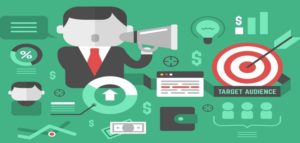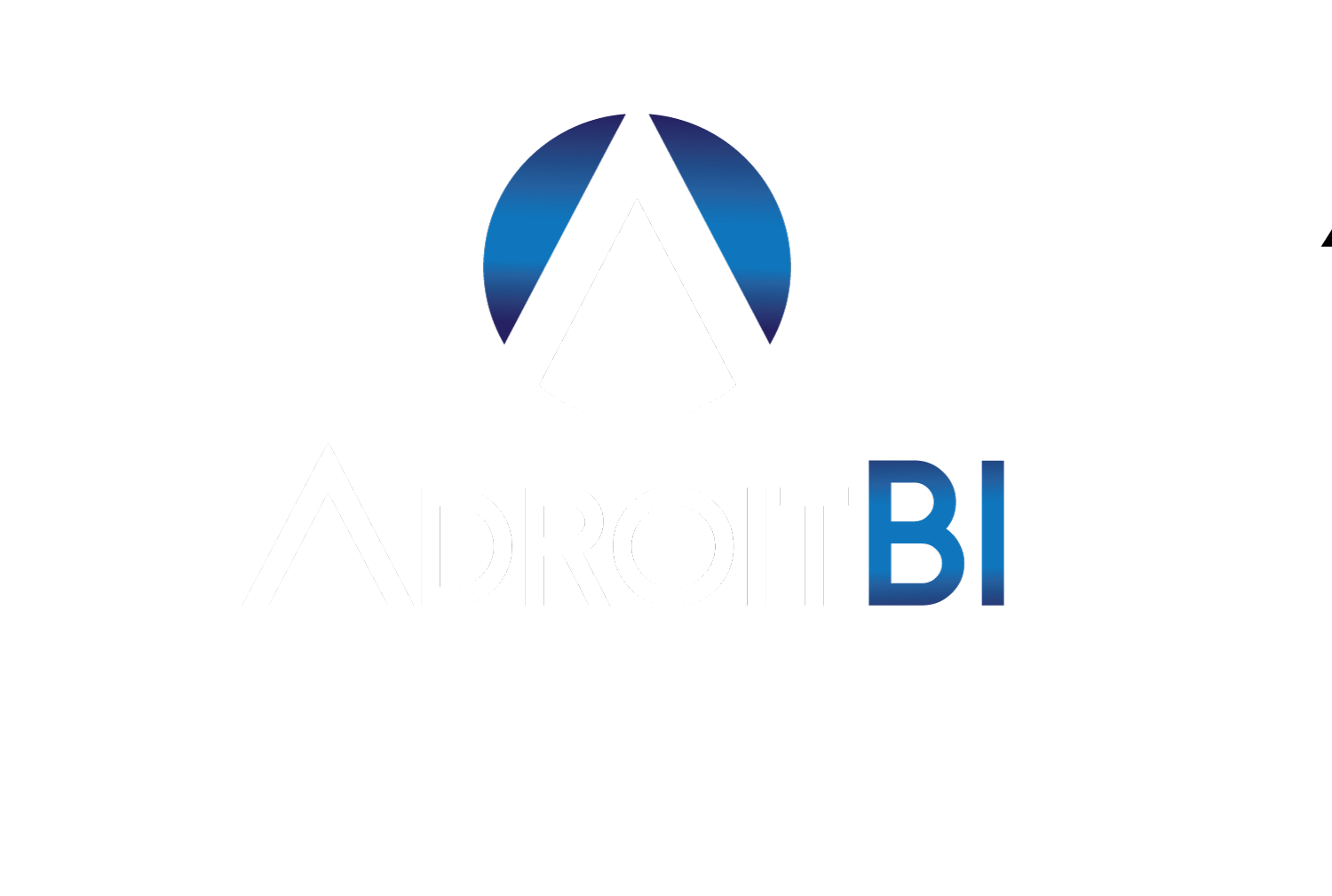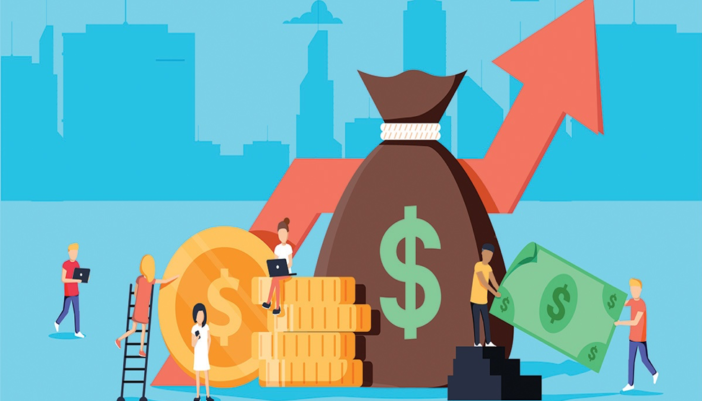Understand your customers to boost revenue:
Published by: Pritee Verma
According to KPMG, 88% of CEOs are concerned about customer loyalty, realizing that mastery of the customer agenda is essential.
Moreover, a research cited by McKinsey reveals that organizations that leverage customer behaviour data to generate behavioural insights outperform peers by 85 per cent in sales growth and more than 25 per cent in gross margin.
Why so? And How?
We are living in the times when every person is spoilt by competing choices for the same product or service. Extreme innovation to build unique products is rare and we are left with marginally differentiated products. Finally, in the struggle for attention by competing brands, the brand that not only exactly meets a customer’s needs but also brings joy through superior service wins. For achieving this, companies need to understand their customers at a deeper level, meet their needs at the right time and also build trustworthy relationships.
Let’s see how understanding one’s customer helps a business bottom line directly.
1. Customer and Prospects behaviour analysis helps target marketing:
In- depth analysis of customer data helps prepare targeted marketing materials such as streamlined campaigns, advertisements and so on that reduce costs. Focusing marketing efforts on specific groups who are more likely to respond increases the chances that the marketing efforts will be relevant to those groups and this increases the chance of success.
depth analysis of customer data helps prepare targeted marketing materials such as streamlined campaigns, advertisements and so on that reduce costs. Focusing marketing efforts on specific groups who are more likely to respond increases the chances that the marketing efforts will be relevant to those groups and this increases the chance of success.
Further, understanding the behaviour of different customer segments, what made them buy your product, why did they choose you, what they like about you and what’s their buying power helps build and enhance optimal product or services for them. Targeting such products to the groups that have an increased propensity to buy it increases conversion and acquisition rate. In addition, targeted marketing typically provides specific information and incentives to people, giving them a reason to choose that company over competitors in the same industry.
Customer and market analytics and research helps organisations reach the best customers.
 Example: Starbucks’ extensive customer research makes it thrive
Example: Starbucks’ extensive customer research makes it thrive
For example, Starbucks currently holds the largest market share of the coffee industry in the United States. Based on customer research, the company focuses its advertising on women and men between the ages of 25 and 40 who live in urban areas, have moderately high income and professional careers and demonstrate an interest in fair trade and social welfare.
2. Customer analytics helps deliver service that fosters customer retention and loyalty
Customers stay with you only if they feel valued. According to a customer, a purchase does not end by just product delivery. In fact, a good service, support and in many cases pampering makes the customer tick. This can be achieved not by just knowing the customer’s name, birthdate, age and address but going way beyond. It is also to outsmart your competitor no matter how big or small you are.
A 5% increase in customer retention yields more than a 25% increase in profit. About 70 per cent of businesses report that it’s cheaper to retain customers than it is to find new customers.
A robust, accurate and holistic customer database, Customer 360-degree analysis, customer behaviour analysis, and much more are just a few of the advanced technologies that help in customer acquisition and retention and deliver a superior product, service and support.
Retaining an existing customer is 6-7 time less expensive than acquiring a new one.
Example: McDonald leads by delivering superior service
For example, McDonald’s became the leader in the fast food industry with their strong focus on customer service, response to competition, and use of marketing techniques early on in their development.
3. Customer loyalty helps cross-sell, up-sell, gain references and increase customer lifetime value
Once you have achieved good customer service that helps retain customers, comes the time to deepen it and build a trustworthy relationship. Easier said than done, this needs expert attention to each customer and also expert skills. This increases customer satisfaction and leads to loyal customers, which are essential for long-term growth.
Customer loyalty also reduces the need to allocate a marketing budget to acquire new customers. Satisfied customers may also recommend your products or services to other potential customers, increasing the potential for additional revenue and profit.
- Loyal customers are worth up to 10 times as much as their first purchase.
- The probability of selling to an existing happy customer is up to 14 times higher than the probability of selling to a new customer.
- Repeat customers spend 33% more than new customers.
Leveraging analytics to tap your customers’ footprint everywhere, predicting customer’s needs before it arises and delivering the same messages through all channels help build trust in your brand and that affects customer loyalty. Customer predictive analytics helps is predicting customer buying and forecasting churn. Customer prescriptive analytics helps take proactive actions to mitigate losses and convert them into opportunities.
Hence, Customer Analytics is key to success
Therefore we see that customer analytics i.e. analysis of customer and related data to gain valuable insights is one of the vital elements for planning successful sales and marketing strategies. It helps in customer acquisition, retention and loyalty.


